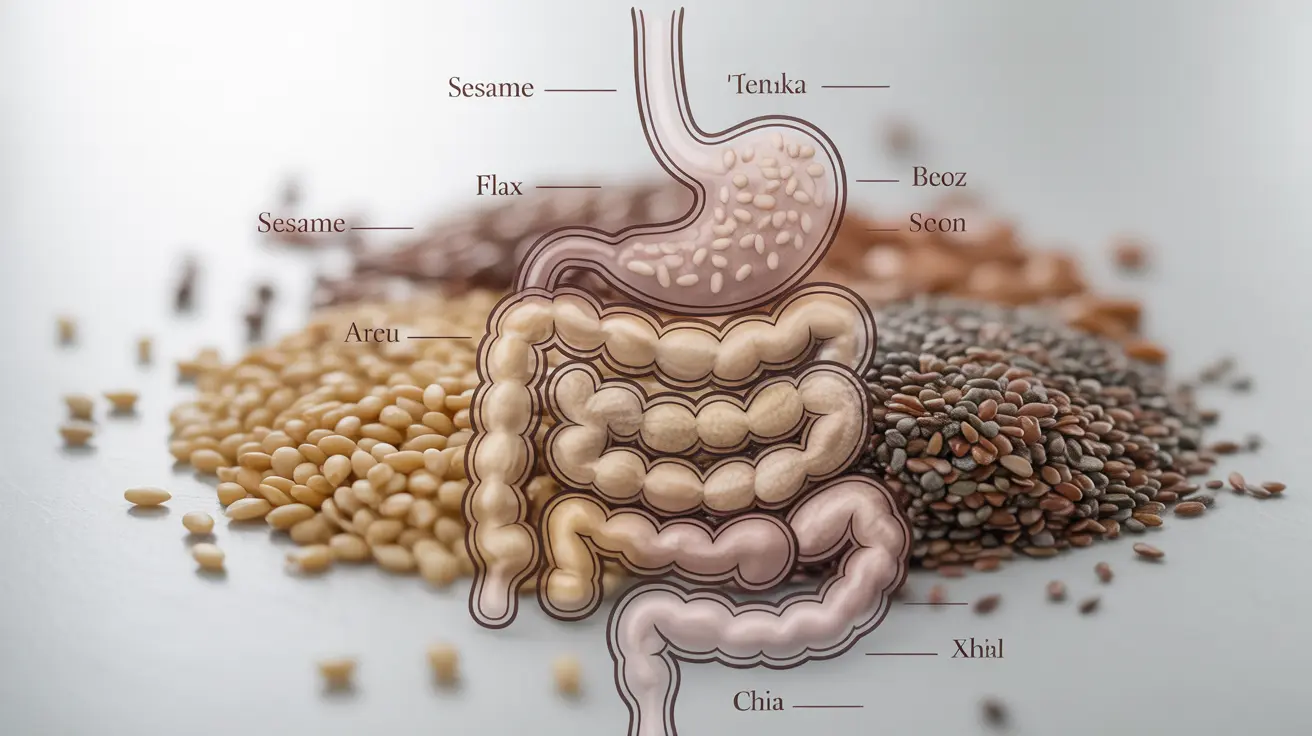Finding seeds in your stool can be concerning, but it's often a normal occurrence that's directly related to your diet and eating habits. Understanding why undigested food appears in stool and knowing when it might signal a health issue can help you make informed decisions about your digestive health.
This comprehensive guide will explore the common causes of seeds in stool, when it's considered normal, and when you should seek medical attention. We'll also discuss ways to improve your digestion and reduce the occurrence of undigested food in your stool.
Why Do Seeds Appear in Stool?
Seeds often appear in stool because many of them have tough outer shells that resist digestion. This protective coating, which helps seeds survive in nature, can make it difficult for our digestive system to break them down completely. Common seeds that frequently pass through undigested include:
- Sesame seeds
- Flax seeds
- Chia seeds
- Sunflower seeds
- Seeds from fruits like strawberries and kiwis
Normal vs. Concerning Symptoms
Normal Occurrences
In many cases, seeing seeds in your stool is completely normal, especially when:
- You've recently eaten seeds or seeded fruits
- The seeds appear intact and recognizable
- You have no other digestive symptoms
- The occurrence is occasional and relates to specific meals
Warning Signs
However, certain situations warrant medical attention, particularly when seeds in stool are accompanied by:
- Persistent abdominal pain
- Chronic diarrhea
- Unexplained weight loss
- Blood in the stool
- Severe bloating or gas
Improving Seed Digestion
To enhance your body's ability to process seeds and reduce their appearance in stool, consider these practical tips:
- Grind seeds before consuming them
- Chew food thoroughly and eat slowly
- Soak seeds before eating them
- Start with small portions of seeds
- Stay well-hydrated throughout the day
Digestive Health Considerations
While seeing seeds in stool is usually harmless, maintaining good digestive health is important. Focus on:
- Eating a balanced diet rich in fiber
- Staying properly hydrated
- Regular exercise
- Stress management
- Maintaining regular meal times
Frequently Asked Questions
What causes seeds or undigested food to appear in my poop?
Seeds appear in stool primarily because their tough outer shells resist digestion. This is especially common with small seeds like sesame or flax, which can pass through the digestive system relatively intact if not properly ground or chewed.
Is it normal to see seeds or white specks in stool after eating nuts or high-fiber foods?
Yes, it's completely normal to see seeds and occasional white specks in stool after consuming foods like nuts or those high in fiber. This is particularly common when eating whole seeds or nuts that haven't been thoroughly chewed.
When should I be concerned about seeds or white specks in my stool?
Be concerned if you notice persistent changes in bowel habits, unexplained weight loss, blood in stool, severe abdominal pain, or if you're seeing seeds in stool despite not consuming them. These symptoms warrant medical evaluation.
How can I reduce the chances of finding undigested seeds or food in my stool?
To reduce undigested seeds in stool, grind seeds before eating them, chew thoroughly, stay well-hydrated, and consider soaking seeds before consumption. Eating smaller portions of seeds at a time can also help your digestive system process them more effectively.
Can undigested seeds or white specks in stool indicate a parasite or digestive disorder?
While undigested seeds alone usually don't indicate a serious problem, if you're seeing white specks that don't correlate with your diet, it could potentially indicate parasites or other digestive issues. Consult a healthcare provider if you're concerned, especially if accompanied by other symptoms.




